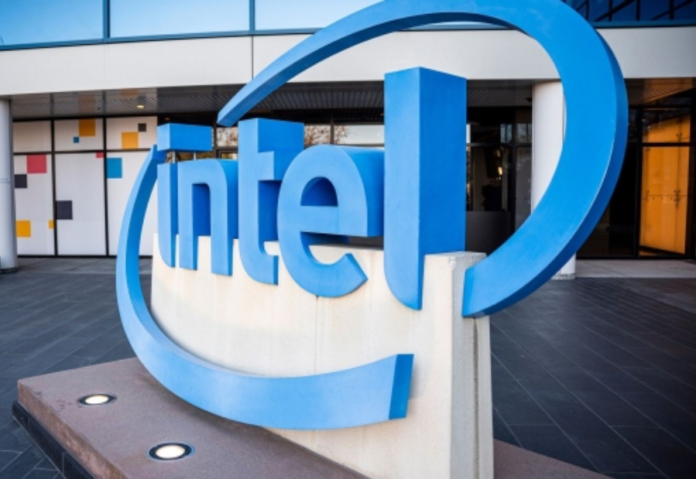Intel aims to spend $100 billion in four states to develop and expand factories after securing $19.5 billion in federal grants and loans, as well as an extra $25 billion in tax breaks.
Intel (INTC.O.) is planning a $100 billion spending binge across four U.S. states to build and expand factories after receiving $19.5 billion in federal grants and loans, and it intends to receive an additional $25 billion in tax benefits.
The cornerstone of Intel’s five-year expenditure plan is to transform barren fields near Columbus, Ohio, into what CEO Pat Gelsinger described to reporters on Tuesday as “the largest AI chip manufacturing site in the world” beginning in 2027.
The US government confirmed on Wednesday that Intel would get public cash under the CHIPS Act, pushing its shares up 4% in premarket trade.
Intel’s plan will also include revamping sites in New Mexico and Oregon, as well as expanding operations in Arizona, where longtime rival Taiwan Semiconductor Manufacturing Co. (2330.TW), which opens a new tab, is also building a massive factory that it hopes will be funded by President Joe Biden’s push to bring advanced semiconductor manufacturing back to the United States.
The cash given by Biden’s idea for a larger chip manufacturing revival will go a long way toward repairing Intel’s damaged business model.
For decades, Intel dominated the world in producing the fastest and smallest chips, selling them at a premium and reinvesting the earnings in new research and development to keep ahead of the competition.
However, Intel lost its manufacturing advantage to TSMC in the 2010s, and its profit margins plunged as it reduced prices to maintain market share with inferior products.
Gelsinger revealed a strategy in 2021 to return Intel to the top spot, although he has stated that government backing is required to make the plan profitable.
With such aid in hand, Intel is now ready to invest.
According to Gelsinger, around 30% of the $100 billion proposal will go toward building costs such as labor, plumbing, and concrete. The remaining funds will be used to purchase chipmaking equipment from companies such as ASML (ASML.AS), Tokyo Electron (8035.T), Applied Materials (AMAT.O), and KLA (KLAC.O), among others.
Gelsinger has stated that a second round of U.S. funding for chip facilities is likely required to reestablish the United States as a semiconductor manufacturing leader, which he reiterated Tuesday.
“It took us three-plus decades to lose this industry. It will not return in three to five years of CHIPS Act funding,” said Gelsinger, who referred to the low-interest-rate funding as “smart capital.”
However, even with federal backing, Intel must demonstrate its ability to compete with its Taiwanese and Korean rivals as quickly as possible, according to Ben Bajarin, CEO of analyst firm Creative Strategies.
“It will be important to know how much longer ‘smart capital’ is needed for Intel before they can stand on their own,” Bajarin said.
Overall, however, even as rivals develop in the country, Jimmy Goodrich, a semiconductor export and technology adviser at RAND Corp., believes Intel will remain the most vital chipmaker for US interests.
“Only Intel has a staff, technology, and supply chain that are predominantly based in the United States. So, while what TSMC and Samsung are doing here is vital and should be supported, it is equally critical to have a strong home team,” he stated.
Also read: Women in the technology industry is constantly increasing, says Rajita Bhatnagar
Do Follow: CIO News LinkedIn Account | CIO News Facebook | CIO News Youtube | CIO News Twitter
About us:
CIO News, a proprietary of Mercadeo, produces award-winning content and resources for IT leaders across any industry through print articles and recorded video interviews on topics in the technology sector such as Digital Transformation, Artificial Intelligence (AI), Machine Learning (ML), Cloud, Robotics, Cyber-security, Data, Analytics, SOC, SASE, among other technology topics.






